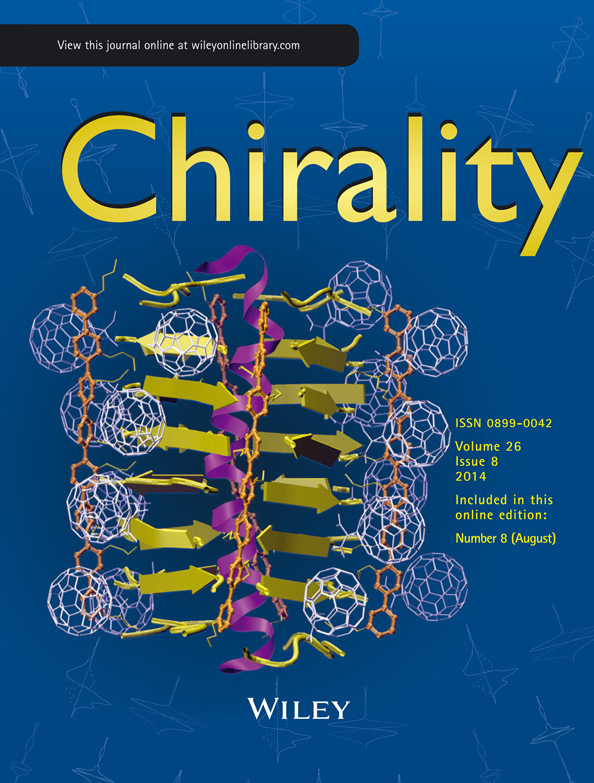Chiral Separation of Cathinone and Amphetamine Derivatives by HPLC/UV Using Sulfated ß-Cyclodextrin as Chiral Mobile Phase Additive
ABSTRACT
In the last years the identification of new legal and illegal highs has become a huge challenge for the police and prosecution authorities. In an analytical context, only a few analytical methods are available to identify these new substances. Moreover, many of these recreational drugs are chiral and it is supposed that the enantiomers differ in their pharmacological potency. Since nonenantioselective synthesis is easier and cheaper, they are mainly sold as racemic mixtures. The goal of this research work was to develop an inexpensive method for the chiral separation of cathinones and amphetamines. This should help to discover if the substances are sold as racemic mixtures and give further information about their quality as well as their origin. Chiral separation of a set of 6 amphetamine and 25 cathinone derivatives, mainly purchased from various Internet shops, is presented. A LiChrospher 100 RP-18e, 250 x 4 mm, 5 µm served as the stationary phase. The chiral mobile phase consisted of methanol, water, and sulfated ß-cyclodextrin. Measurements were performed under isocratic conditions in reversed phase mode using UV detection. Four model compounds of the two substance classes were used to optimize the mobile phase. Under final conditions (methanol:water 2.5:97.5 + 2% sulfated ß-cyclodextrin) enantiomers of amphetamine and five derivatives were baseline separated within 23 min. In all, 17 cathinones were completely or partially chirally separated. However, as only 3 of 25 cathinones were baseline resolved, the application of this method is limited for cathinone analogs. Additionally, the results were compared with an RP-8e column. Chirality 26:411–418, 2014. © 2014 Wiley Periodicals, Inc.




